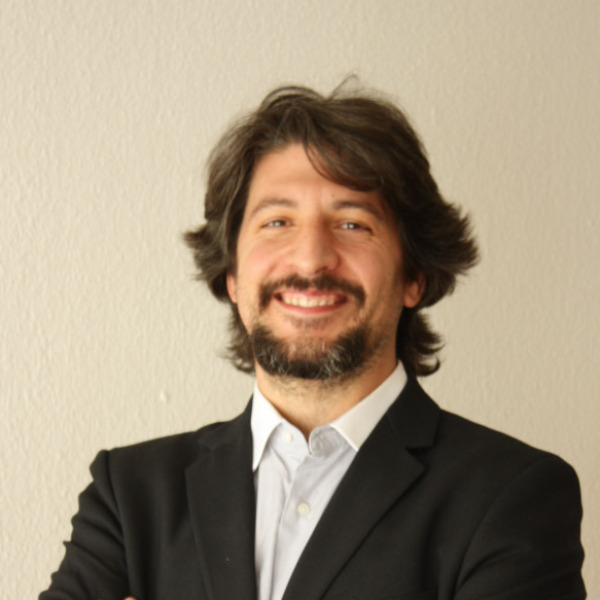Norman Borlaug, the Man Who Tries to Stop the Hunger of the World
Norman Borlaug's name may not be familiar to you. However, this person has helped save millions of people in the world. Just as Alexander Fleming thanks to penicillin is said to have saved countless lives, Dr. Borlaug did it thanks to engineering and improvement in agriculture. His studies led to the creation of improved varieties that not only increased their yield, but were also easier to pick, better tolerate pests and droughts, or in other words, needed less water. In 1970 he was awarded the Nobel Prize, not for science, but rather for Peace, for his contribution to the improvement of agriculture, especially in Asia and South America. All of his work is what has led to the so-called Green Revolution. This global milestone was intended to end world hunger and is what has ultimately made it possible for the planet's population to triple in the last 70 years.
Norman Borlaug holding a variety of wheat
After a childhood working on the family farm in Iowa, his interests remained in familiar ground, he studied forest sciences and plant pathology, finally obtaining a doctorate in plant pathology and genetics in 1942. Thanks to his postgraduate work, he traveled to Mexico where he got into the problems of wheat cultivars caused by fungi of the rust group. After 20 years of work, they get the famous varieties of wheat resistant to pests and droughts that also allow an improvement in the mechanization of the harvesting work. This triple advantage will save time and costs, allowing you to collect more and better quality wheat. In addition to these modern improvements, the traditional crop rotation, alternating wheat with corn and soybeans, was included in his field optimization plan. The project culminated in the Mexican independence of wheat imports, since it managed to increase its production to cover its internal demand. During the 1960s, all agricultural countries began to incorporate the varieties of wheat, corn and rice developed in Mexico with great success for their own crops. The great adaptability to different environments of these varieties was key to their success in countries as different as India, China, Spain or Argentina.
As an example, since then more than 30 varieties of rice have been developed, but of those obtained at that time, IR-8 stands out, which would see the light of day in 1966 in the Philippines and although Mr. Borlaug was not directly involved, his studies were used as base. From IR-8, most modern rices such as IR-22 or all Cica varieties will appear at that time. Later, others would appear that would improve crop yields in terms of harvesting or adaptation to rainfed and irrigated areas, such as Oryzica 1, Llanos 5, Caribe 8 and Cica 8, which also had higher levels of potassium or phosphorus, making rice a more balanced food. All these advances in rice would end up giving golden rice, created by genetic engineering, but that would happen almost 40 years later.
Going back to the beginning, the Green Revolution is a set of actions that advanced agriculture, one of the most traditional economic activities, until the 20th century. Apart from the new varieties that were developed through traditional hybridization techniques, the Green Revolution included certain technical improvements that lead to modern extensive agriculture. It was during this period of time that artificial fertilizers with higher nitrogen content and in ways that plants could better capture were perfected. In addition, new chemical compounds were discovered that had effects on insects and fungi. The arrival of modern pesticides and also the way in which they are applied were introduced at that time. Finally, the use of water was another of the strengths of the Revolution. Measure that came from the hand of the large water projects in many countries channeling the water necessary for the large extensive crops proposed by Borlaug.
Today we have already overcome the advances of the Green Revolution. The use of pesticides and fertilizers is being one of the points in question insofar as their abuse can be harmful to the environment. In this regard, Mr. Borlaug defended their responsible use and that they be improved to make them more environmentally friendly. The plant varieties that are being developed, through genetic modifications, are not popular on the street either. However, all experts see that the future of agriculture is to continue improving in these aspects, without neglecting other aspects such as reducing waste or reducing the impact of chemicals used in agriculture on the environment. What is clear is that all these improvements started by Norman Borlaug allow millions of people around the world not to die of hunger. We have never been so many humans living on the planet and although it is true that there are still sectors of society with problems finding food, the truth is that today more people can eat thanks to these advances.
Bibliography:
Peng, S., Cassman, K. G., Virmani, S. S., Sheehy, J., & Khush, G. S. (1999). Yield potential trends of tropical rice since the release of IR8 and the challenge of increasing rice yield potential. Crop Science, 39(6), 1552-1559.
Evenson, R. E., & Gollin, D. (2003). Assessing the impact of the Green Revolution, 1960 to 2000. science, 300(5620), 758-762.
Cleaver, H. M. (1972). The contradictions of the Green Revolution. The American economic review, 62(1/2), 177-186.
Tilman, D. (1998). The greening of the green revolution. Nature, 396(6708), 211-212.
Related Posts
Edavaleth Kakkat Janaki Ammal, an Illustrious Indian Female Scientist
Plant Genome Editing by SpCas9 Variants
Transgenic Plants: Present and Future
- Like (6)
- Reply
-
Share
About Us · User Accounts and Benefits · Privacy Policy · Management Center · FAQs
© 2026 MolecularCloud




